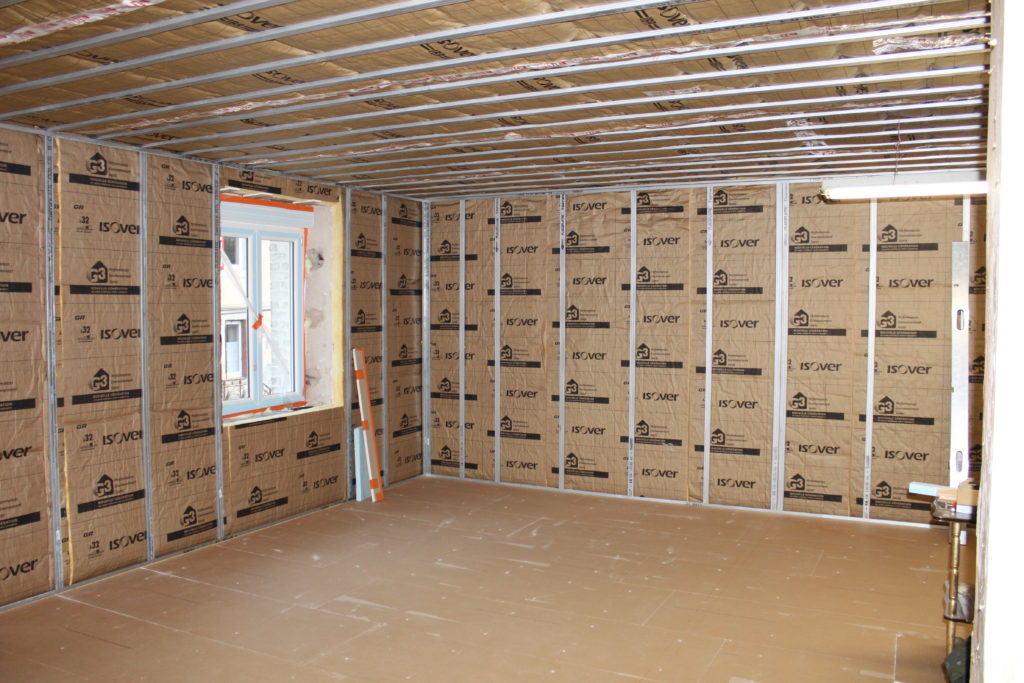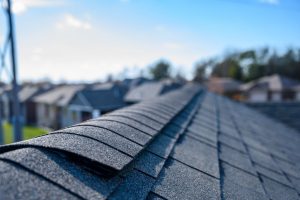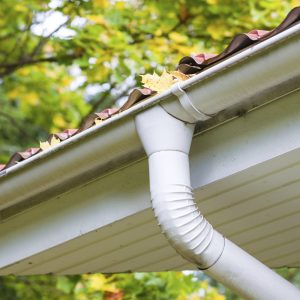Many homeowners or renters want to improve the energy consumption of their homes. In previous articles, the topic of crawl space insulation and roof (attic) insulation has been discussed. But what about the walls of your home? Insulation and air sealing of the exterior walls are essential if you want to reduce the energy consumption of your home. For new homes, insulation is easily accomplished by adding an exterior air barrier to the structure. For older homes or existing homes, you should try to insulate from the inside.
YOUR WALLS MUST BE WATERPROOF
Probably 30 to 40% of the heating costs are caused by the lack of waterproofing or heat loss. In general, when insulating walls with 2 X 4’s, we must add an insulating panel on the structure itself. Also, insulation must be added between the pieces of wood. Some rigid board insulations are multi-purpose (insulation, vapour barrier and air barrier) such as urethane or polyisocyanurate boards covered with an aluminum foil. Other insulations, such as polystyrene or compressed fiberglass, must be covered with a vapour barrier that also acts as a wind barrier.
The purpose of the vapour barrier is to prevent interior moisture from escaping to the outside (this sometimes causes mould in the walls).
The function of the air barrier is to prevent the infiltration of cold air or the exfiltration of warm air containing moisture from entering the walls.
As an interior multi-purpose membrane, we recommend polyethylene laminated to aluminum foil. This product choice will be beneficial for additional insulation, as the aluminum reflects the thermal waves inward.
YOUR WALLS MUST “BREATHE
The preceding paragraphs explain why the interior membrane must not allow air and moisture to pass through. On the other hand, if you have a problem with water infiltration in the walls due to cracks around the windows or coming from the roof, the water must be able to dry quickly to minimize the risk of mold in the walls.
That’s why we say that walls must “breathe”, because they must be designed to evacuate this moisture to the outside because from the inside, our vapor barrier membrane prevents evaporation. It’s not an air leakage or ventilation process, but simply an evacuation of moisture to the outside.
HOW TO CHOOSE THE INSULATION?
Several types of insulation are possible when insulating a specific room, and costs can also vary depending on the final choice. Here are some principles to keep in mind.
- You must pay attention to the structure and continuity of the air and vapour barrier (infiltration and moisture problems).
- If you have a large area to insulate, you can opt for conventional insulation for the ground and second floor walls.
- The use of insulating wool must be done according to the RBQ standards.
- Pay particular attention to thermal bridges by applying continuous insulation (sprayed urethane).
INSULATORS
This is probably the best known and one of the most popular insulation techniques. However, wool insulation is not the only technique for insulating walls. You can opt for sprayed urethane, which allows you to apply it only once. It also reduces thermal bridges and seals the house envelope perfectly. It also has several advantages such as an R-value higher than the inch, an air barrier and a vapour barrier. Cellulose injection could also be one of the types of insulation for your home.
DON’T FORGET YOUR WINDOWS
Don’t forget to insulate the perimeter of your windows. Low-expansion urethane is a product that should be prioritized to properly seal and insulate your windows.





